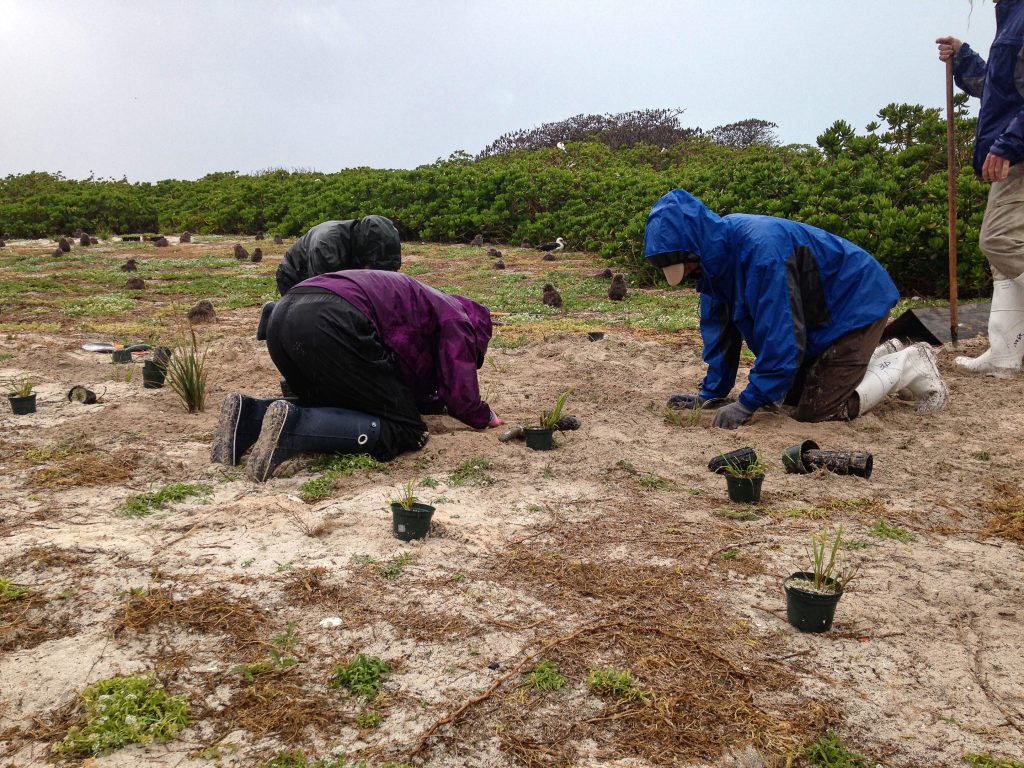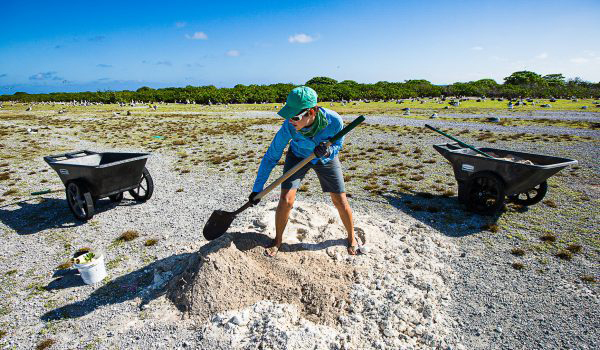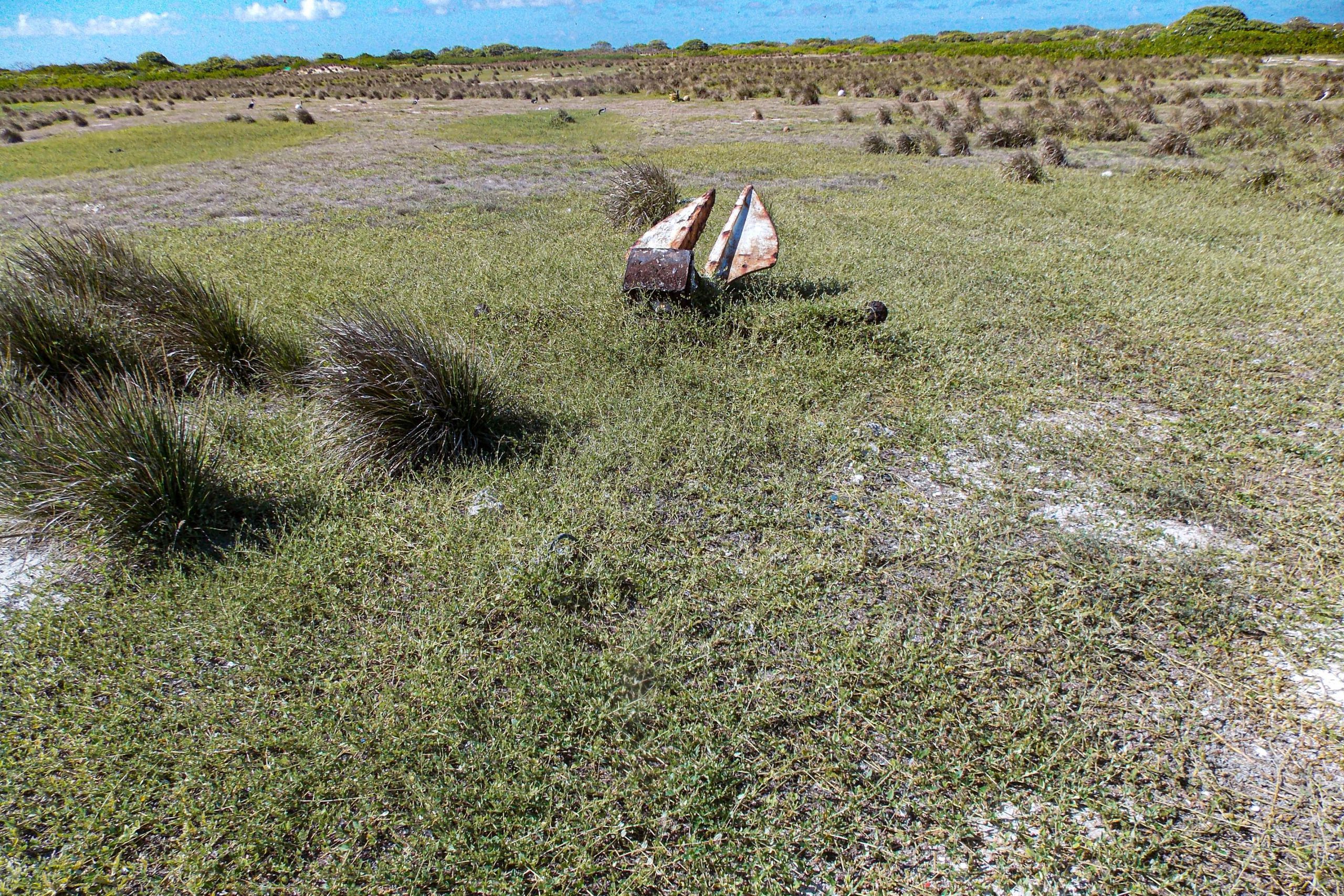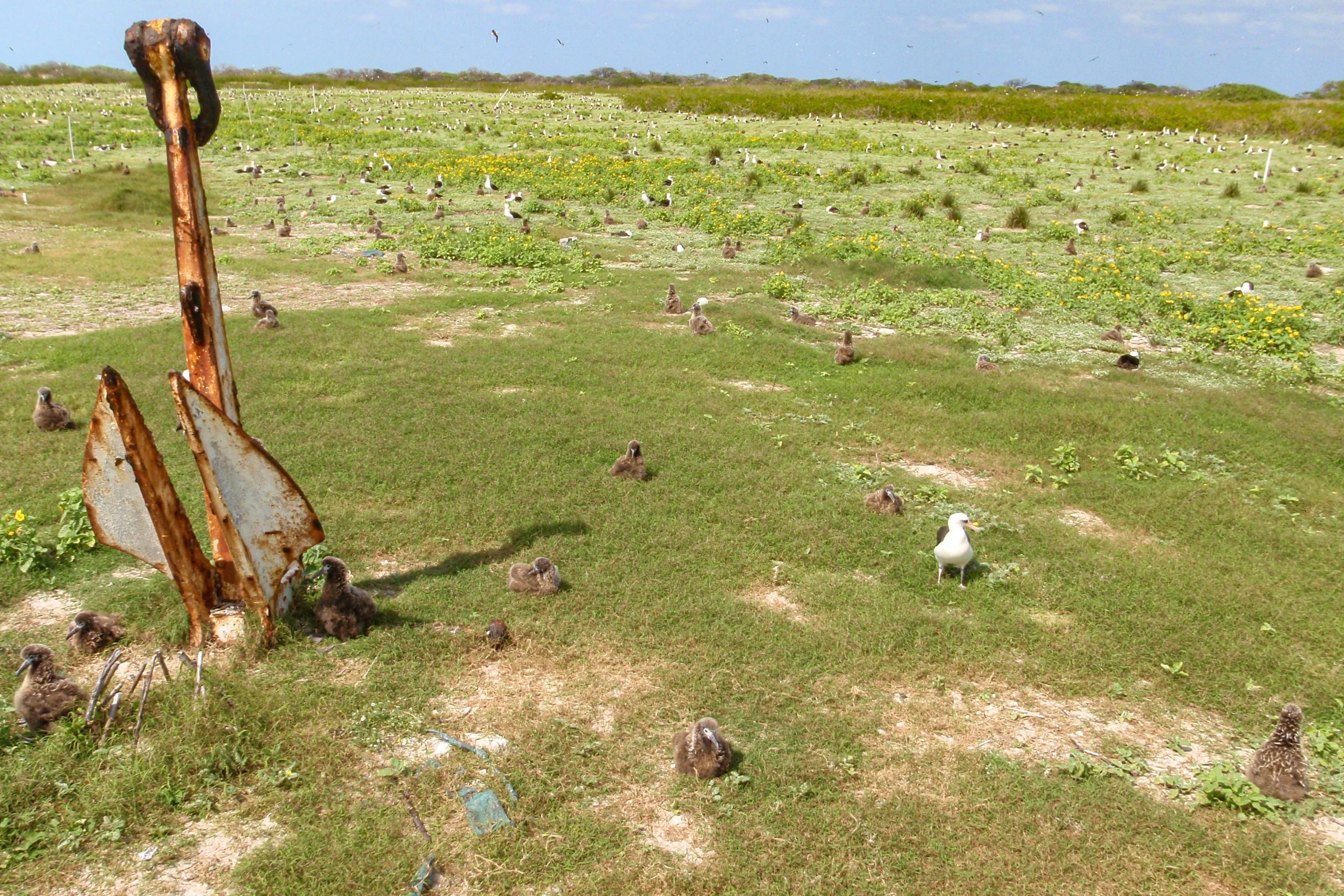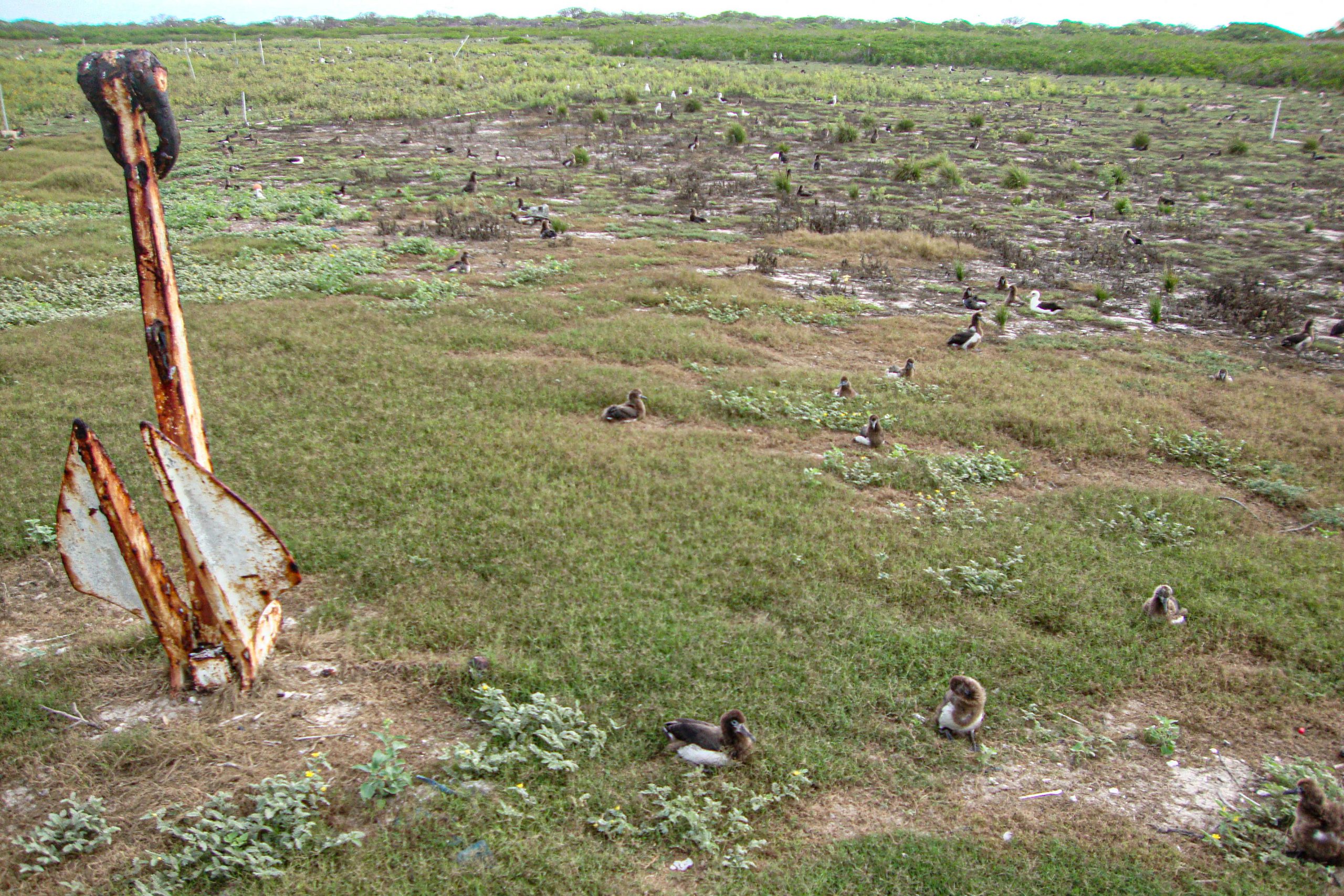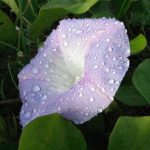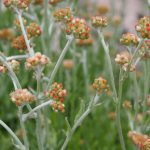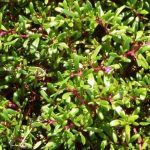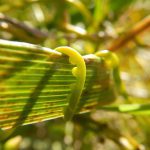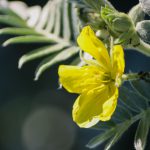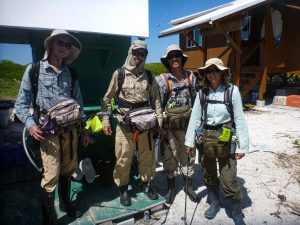Once widely distributed across the Hawaiian archipelago, and now 400-500 individuals, the Laysan duck is endangered and has had multiple translocation attempts. When future catastrophes strike, such as sudden flooding from sea level rise, tsunamis, and hurricanes, disease outbreaks, or accidental predator introductions, these disasters are unlikely to hit each island population simultaneously, or with the same magnitude, thus each island population serves as insurance for the species. Species extinction risks are dramatically reduced by restoring additional island populations and ultimately, Laysan ducks could be reintroduced to less vulnerable higher elevation islands in the future (USFWS 2009).
Because locations on higher islands (the main Hawaiian islands) are not yet free from predators or hybridization threats, recovery efforts focus on increasing the number of populations in the NWHI has remained a priority.
